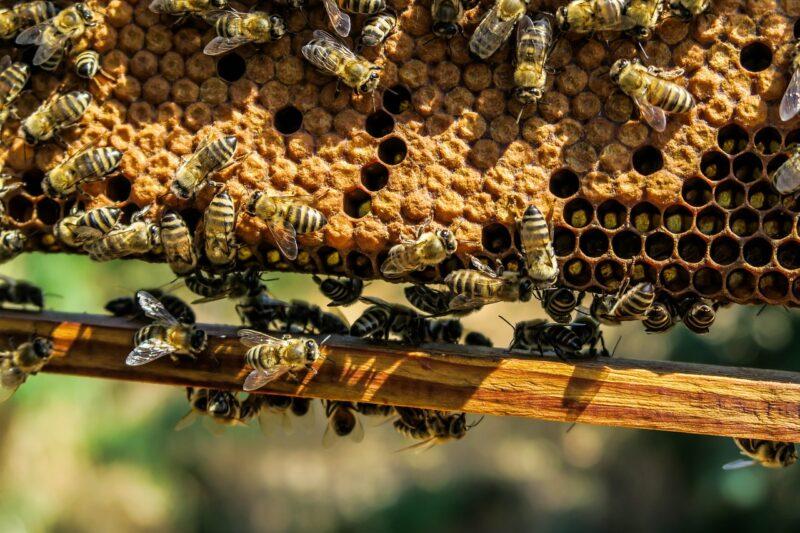A friend of mine has become a beekeeper and has a few hives in her backyard. Having bees pollinate her garden and the surrounding fields has caused her to learn more about how bees behave and what their behavior means. For example, when you walk out into your backyard and find some bees circling you, your best response is to stand still (and not try and swat them away). This behavior is associated with the bees mapping all the flowers and trees in their territory and building a collective map of all these sources of nutrients for the hive.
When a bee circles a human being, it explores this new entry into its ecosystem to see if it should be added to its collective hive map. I find it amazing that bees carry a collective map and memory of where every flower or tree has nectar in their territory. I juxtapose that behavior with humans’ ability to ignore or lack curiosity about the nutrients that help them as individuals survive and thrive.
What if we started mapping the nutrients we find at work that help us to thrive, just like bees?
Here are some possible ways we can adapt these lessons from bees to our workplaces and habitats to learn how to recognize and “map” the nutrients that help us thrive:
- Recognize the nutrients that help you thrive. Nutrients are unique to us and our context. A human system’s nutrients can be information, relationships, encouragement, mentoring, support, and many other possibilities. If we wanted to learn from the bees, we would take the time to notice what nutrients are necessary to thrive in our workplaces.
- Make a list of people or places that provide nutrients to help you thrive at work. Sometimes mapping can be nuanced as well as obvious. For example, there are groups that I love hanging out with because, as a group, they bring positive energy, and I thrive when I am in their presence. At other times, I love to spend time with people who think disruptively or help me see other perspectives I might be blind to. Sometimes, I find nutrients in physical spaces, like a favorite bench by the river near my house. It can nourish my spirit when I visit this bench to sit in the sun and enjoy the outdoors.
- Create a map in your head of your workplace nutrients. Knowing your nutrients and listing their locations in your workplace ecosystem becomes a mapping exercise. When you have a map, you can actively use it consciously. Carry a map in your head of where the people, information, emotional support, or places are in your workplace. With this map, you are consciously evolving your work ecosystem. With a map in your head, you can access work nutrients with intentionality, which in turn helps you thrive.
If there aren’t enough nutrients to help you thrive at work, perhaps it is time to shift habitats. In nature, habitats are places where species migrate because they have all the nutrients they need to thrive. If you don’t have enough to thrive, maybe a different habitat exists out there that has what you need and want.
I’m hoping this mapping exercise will help you see the habitat you currently live in more clearly and visualize the type of habitat you aspire to. You deserve it!







This blog is so insightful and strategic and empowering.
Thanks Dave! I am glad it resonated with you.